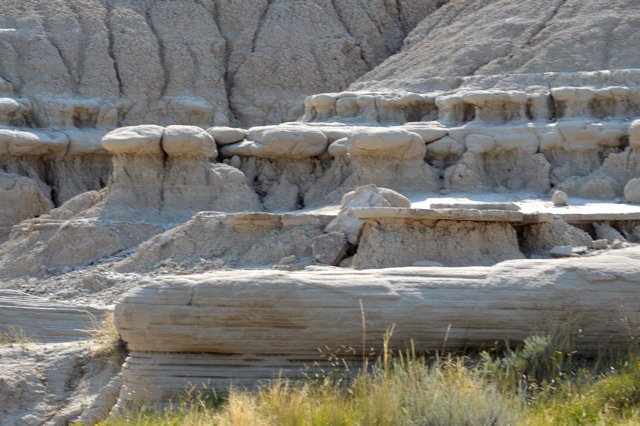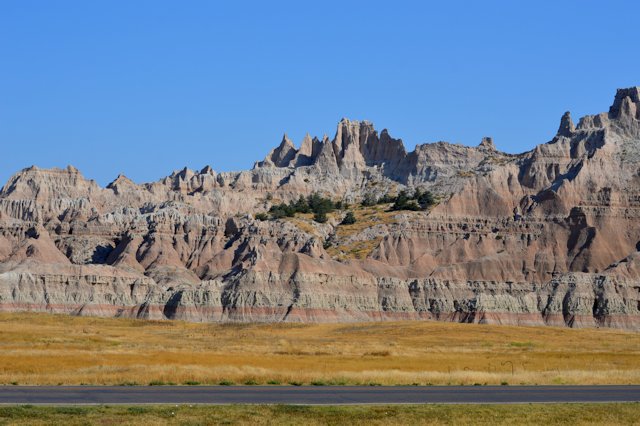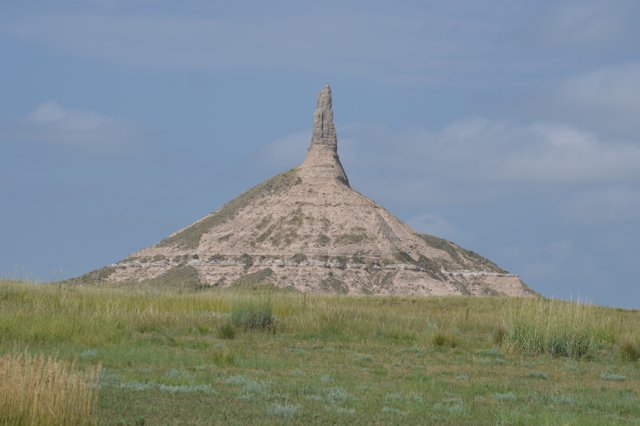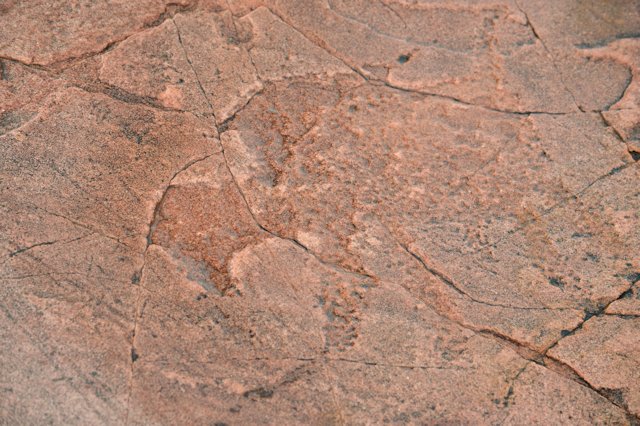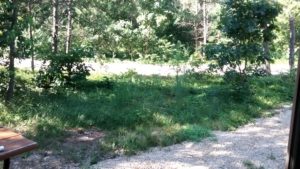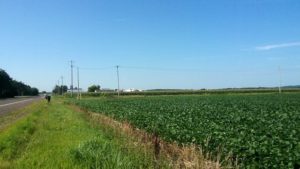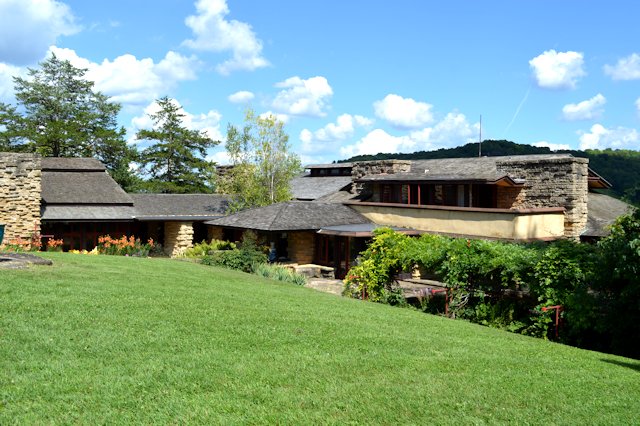While in Wiscons in we stayed near Spring Green and visited Taliesan East – the primary home of Frank Lloyd Wright. This is the area where FLW grew up and he had lots of family around this area.
The land that Taliesan is on was a working farm for FLW. He built his house on the “brow of a hill” which is what Taliesan means in Welch. That means it wasn’t built right at the top of the hill, but just down from the top, so that it fit in with the surroundings as many of his houses did.
This is a beautiful house, with gardens, great views and rooms that are in the style that FLW used in lots of his homes, transition areas such as the foyer and hallways are narrow and with low ceilings, and then when you enter into one of the rooms it feels more expansive with high ceilings, windows etc.
The house burned down twice and was rebuilt. The first time it burned it was a real tragedy. FLW was in Chicago on business, but one of the farmhands went berserk and set the house on fire and then sat near the one door he left unlocked and killed people as they fled the fire. FLW’s partner (they weren’t married) and his two children were killed as were some guests and farmhands.
The house was rebuilt and then a guest accidently set it on fire with a cigar. Much of it burned, but it was rebuilt again. This time when it was rebuilt he redesigned the private rooms to fit the needs of his wife and small daughter. The daughter had the whole third story (just a couple of rooms) and each of the rooms had a balcony looking into the parents area. One balcony looked into the master bedroom which I consider a bit strange. Another looked into the informal living room.
The house did not have any of the leaded windows that are so famous in FLW homes. The reason for this is that he felt decorative windows were for city homes, to provide some privacy while still letting in lots of light and views. Country homes didn’t need that feature.
FLW lived here for much of his later years, spending summers in Taliesan East and winters in Taliesan West. He ran his School of Architecture out of both places, with the students travelling with his family to each home as the season dictated.
An interesting feature of this house is that one wing was for livestock and workrooms. But, the roofline and building material matched that in the rest of the house. So, he had the fanciest pigpen around!
The house was also “reversed” when more people started using autos instead of carriages. For carriages he had a fairly steep drive up to a porte cochere on the west side of the house. It wasn’t suitable for autos though, so he had a driveway built on the north side of the house and built an entrance and foyer there.
He also added a dam to a stream that flowed near the house and put in a small hydro-electric plant to generate electricity for the house. The house was powered by that plant until power lines came to the area, and when they did he fought with the officials and was successful in getting the power lines buried so they wouldn’t diminish his view. He was successful here, but wasn’t in his Taliesan West house where the huge power lines are close to his property. At Taliesan West he remodeled the house so that most of the private rooms were on the opposite side of the house so the views would be unobstructed.
He lived here (during summers) until he died and his wife continued living here until her death many years later. A conservative has been restoring the house and furnishings and doing the tours for several years.
Here are pictures we took:
another view of living room with all the windows
dining room with original barrel chairs
dam that FLW built to generate electricity for house
a balcony extending into the trees
a corner window – FLW designed for several of his houses
a staircase and his iconic light fixture
steps to front door – as usual for FLW it is a path of discovery
vew of original pigpen area designed same as house
view of garden and large chimney
view of house as carriages would see it upon arriving
view of living room entering from foyer
example of Asian art that FLW loved
windows of formal living room

